49+ Sample Sales Report Templates
The following are downloadable samples of sales reports in PDF and Word files to help you with your business operations.
-
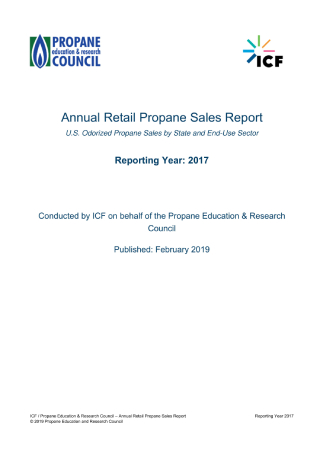
Annual Retail Propane Sales Report
Determine the propane sales to end-use sectors in a particular year through a report.
-
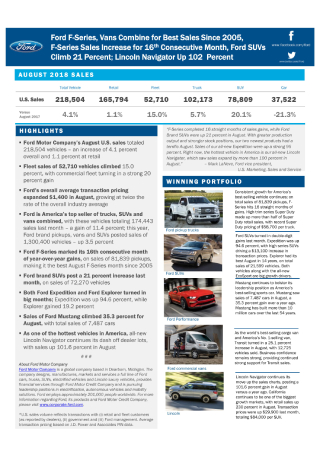
Auto Sales Report
Study your auto company’s sales for the period with the help of a detailed report.
-
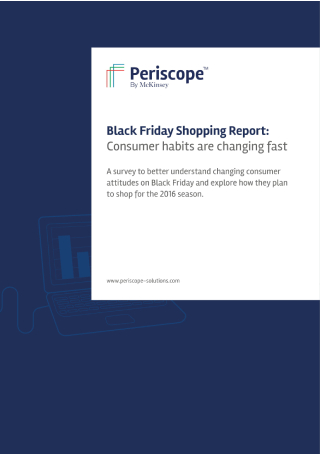
Black Friday Shopping Sales Report
Tally in-store sales figures for your Black Friday Sale with an official report.
-
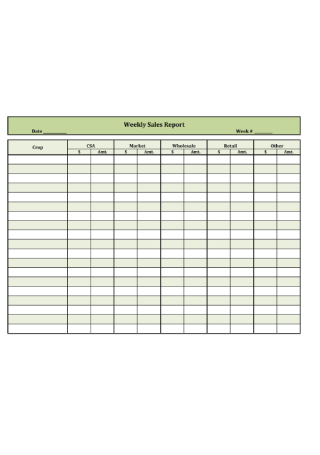
Blank Weekly Sales Report
Appraise your company’s weekly sales performance using the blank report provided.
-
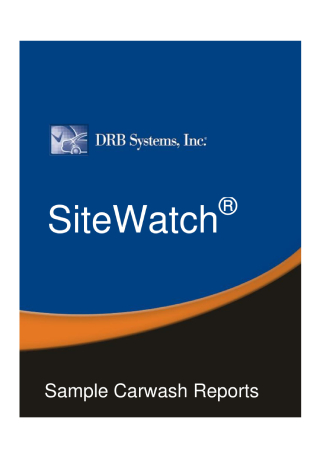
Car Wash Sales Report
Analyze your sales figures for general car wash services using a sales report.
-
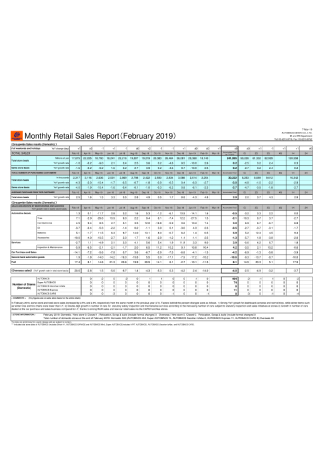
Comprehensive Monthly Retail Sales Report
Measure the sales of retail goods through a monthly sales report.
-
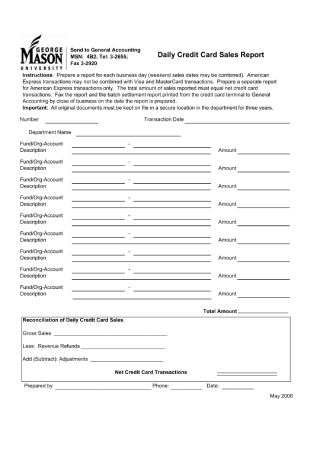
Daily Credit Card Sales Report
Secure a separate file for credit card transactions through a daily sales report.
-
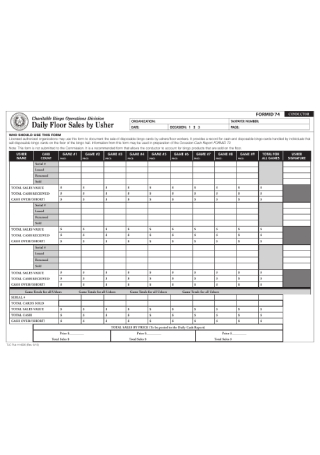
Daily Floor Sales Report
Prepare a detailed analysis and forecast of floor sales with the help of a daily report.
-
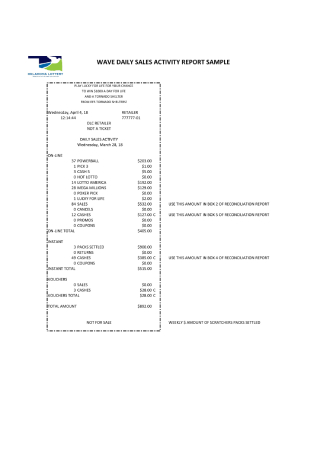
Daily Sales Activity Report
Provide an overview of the state of the daily sales activities within your company with a report.
-
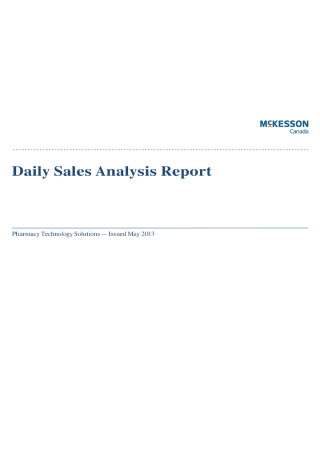
Daily Sales Analysis Report
Evaluate the trends that occur in your company’s sales volume using a sales analysis report.
-

Direct Selling Market Report
Analyze your selling strategies through the data generated from a sales report.
-

Enterprise Non-Performing Loan Sales Report
Record key information regarding NPLs in a sales report.
-
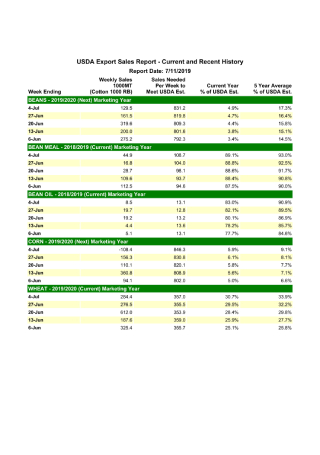
Export Sales Report
Offer up-to-date information for commodities sold abroad through a sales report.
-

Fluid Milk Product Sales Report
Reveal the trends in beverage milk consumption through a product sales report.
-
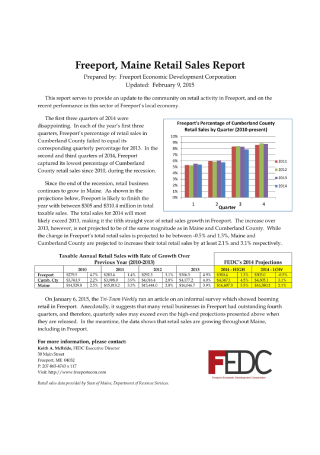
Freeport Retail Sales Report
Study the recent performance of your local economy with the help of a retail sales report.
-
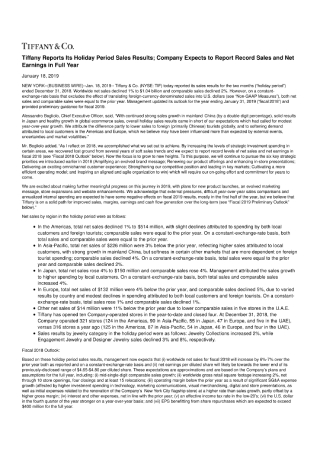
Holiday Sales Report
Document your sales figures for the holiday season in a written report.
-
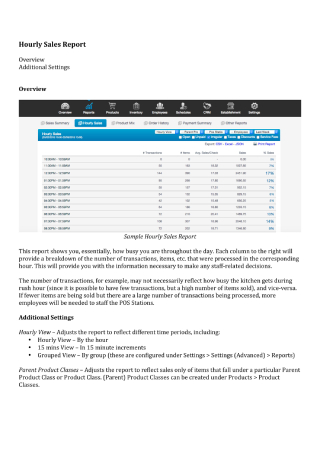
Hourly Sales Report
Show your sales volume throughout the day in a sales report.
-
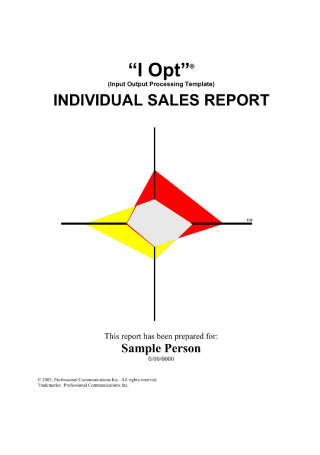
Individual Sales Report
Obtain in-depth knowledge on individual sales attitudes and concerns with a sales report.
-
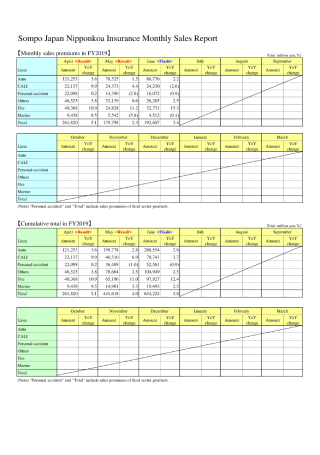
Insurance Monthly Sales Report
Set out preliminary figures of your monthly insurance sales in a report.
-

Manufacturers’ Sales Report
Assess your business performance with shipments and retail sales data with a report.
-
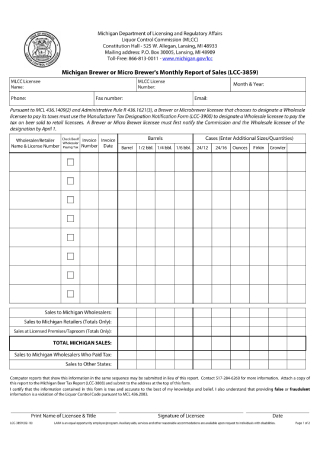
Monthly Report of Sales for Brewer
Create a monthly sales report for your brewer business using this sample.
-
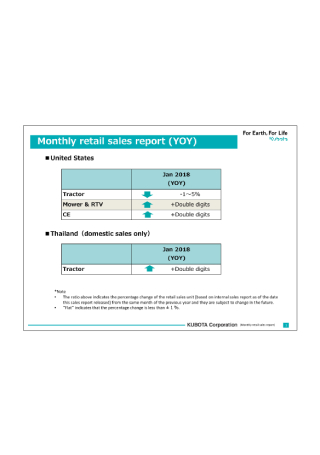
Monthly Retail Sales Report
Prepare a monthly measurement of your retail business through a sales report.
-

Monthly Sales Report
Compile your company’s periodic performance data in a monthly sales report.
-
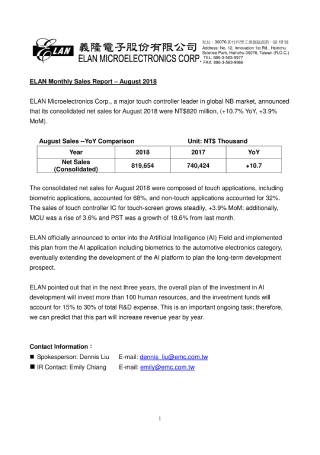
Monthly Sales Report for Electronics Company
Report on your company’s monthly sales with the help of the given sample.
-
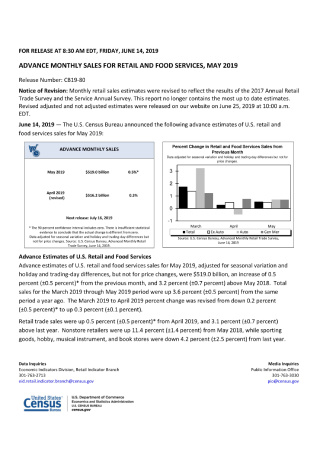
Monthly Sales Report for Food and Retail Services
Acquire an early indication of food and retail service sales with a monthly report.
-
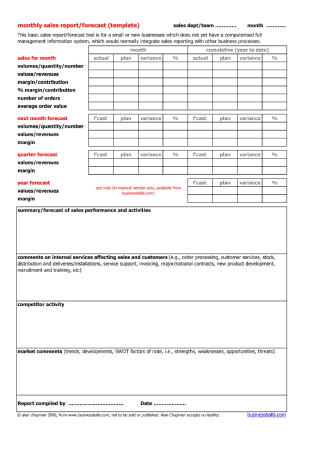
Monthly Sales Report Template
Download this template to monitor and measure the sales volume of your small business.
-
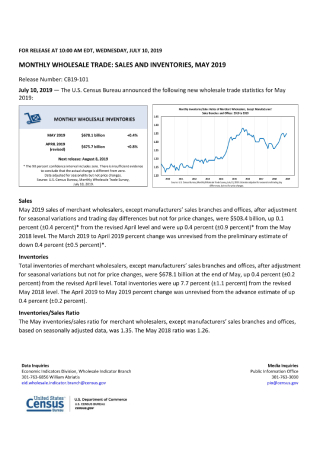
Monthly Wholesale Trade Sales Report
Track month-to-month trends for wholesale trade sales through a brief report.
-
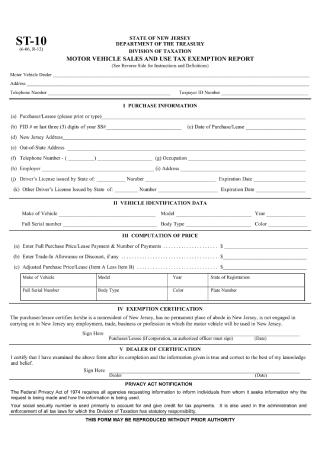
Motor Vehicle Sales Report
Publish monthly reports of your vehicle sales with the help of the sample provided.
-
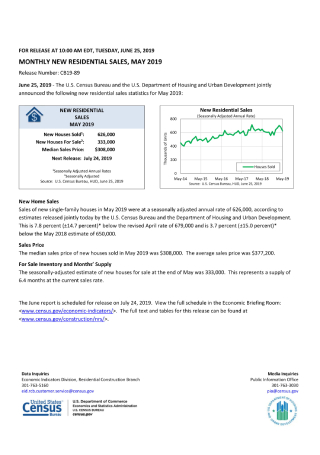
New Residential Monthly Sales Report
Refer to this report to gain information on the residential sales statistics of a region.
-
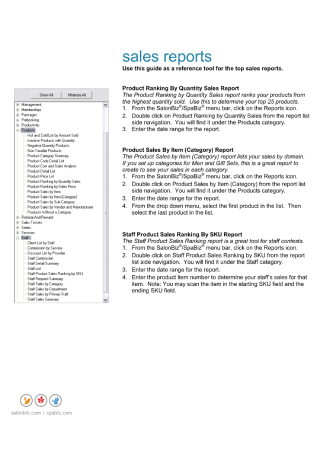
Product Sales Report
List all the products sold, quantities sold, and total customer sales in a product sales report.
-
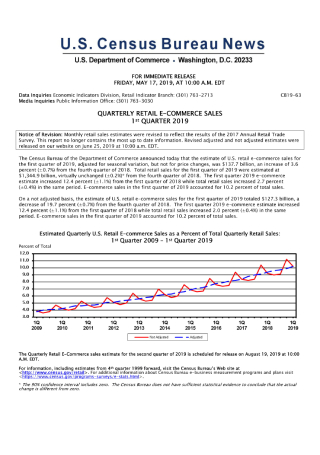
Quarterly Retail eCommerce Sales Report
Note down your retail sales for the period in a quarterly sales report.
-

Report of Sales Demonstration Activity
Gain valuable insight into the sales of licensed items through a sales activity report.
-
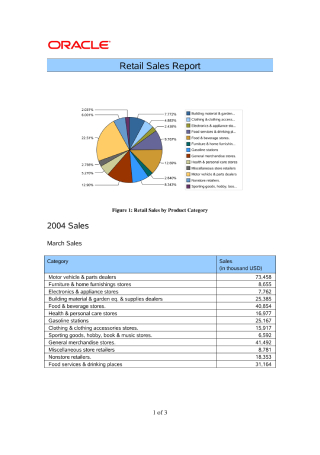
Retail Sales Report
Keep tabs on your product sales by using a retail sales report.
-
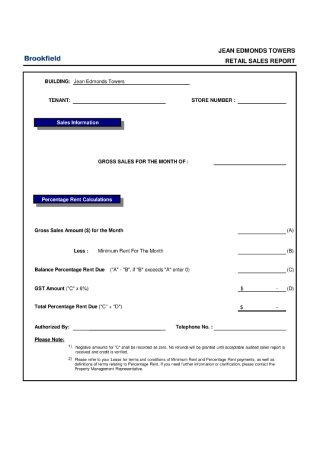
Retail Sales Report Form
Avoid errors down the road by using this report form to monitor retail sales.
-
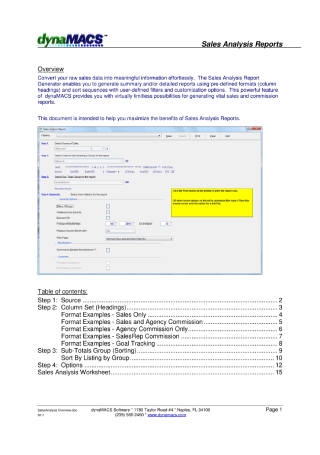
Sales Analysis Report
Reveal the trends of your company’s sales figures over a specific time frame in a report.
-
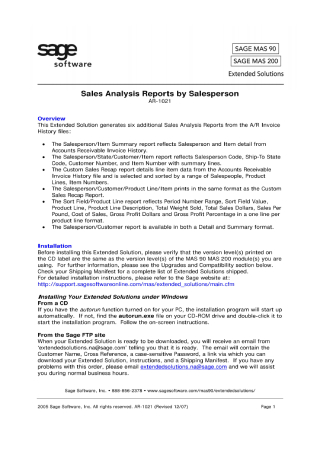
Sales Analysis Report by Salesperson
Conduct a sales analysis with the help of this sample.
-

Sales Management Research Report
Improve sales performance by conducting a sales management research report.
-

Sales Performance Report
Monitor and analyze your sales team’s performance by referring to the data on a sales report.
-

Sales Practices Investigation Report
Engage in proper sales practices with the help of your report findings.
-

Sales Project Report
Boost your knowledge in market sales through the help of a project report.
-
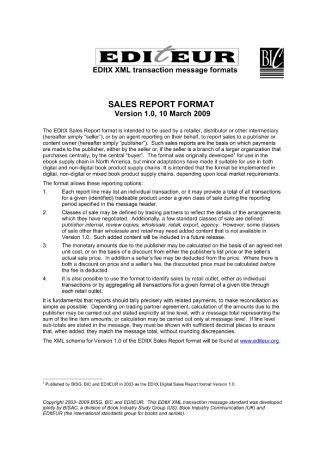
Sales Report Format
Create sales reports that are easy to comprehend using the right format.
-
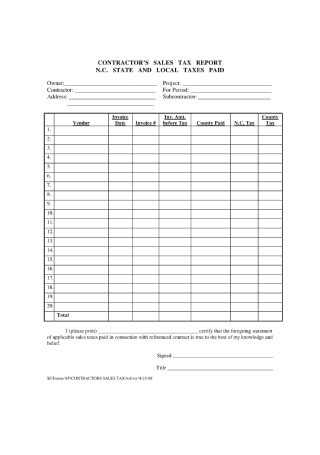
Sales Tax Report
Settle sales taxes accordingly by documenting what you owe in a report.
-

Shadow Report for a Sales Representative
Study this report to better understand the sales cycle.
-
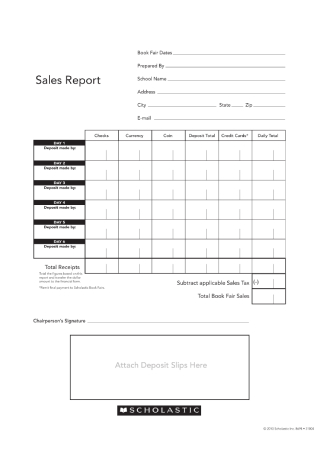
Simple Sales Report
Keep your sales reports organized by using the template provided.
-
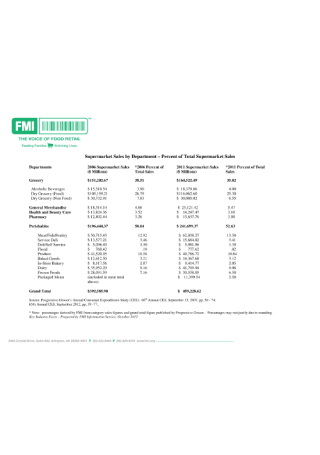
Supermarket Sales Report
Report on your supermarket sales by using this sample as a reference.
-
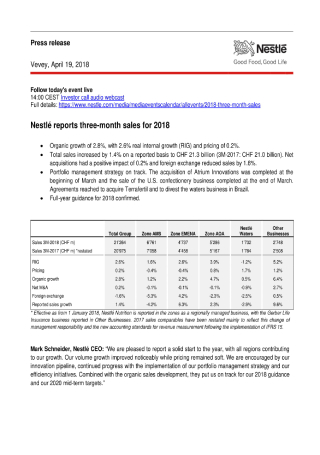
Three-Month Sales Report
Highlight your sales volume over the past three months in a detailed report.
-
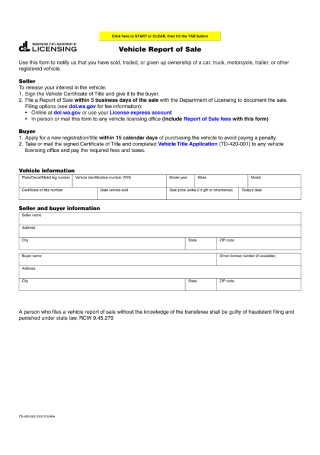
Vehicle Sales Report
Assess your sales activity for specific automotive brands through an in-depth report.
-

Weekly Sales and Pacing Report
Build your own sales and pacing report by using this sample as a guide.
-
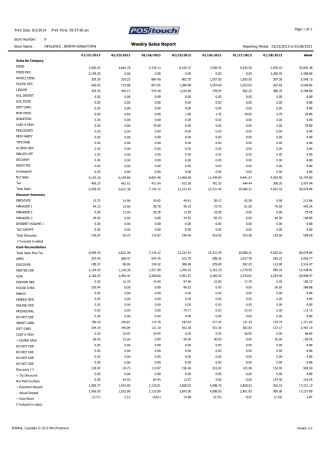
Weekly Sales Report Example
Study the given sales report to find out how you can effectively track your sales performance.
-

Wholesale Monthly Sales Report
Cover the retail sales made by your wholesale establishment in a report.
-
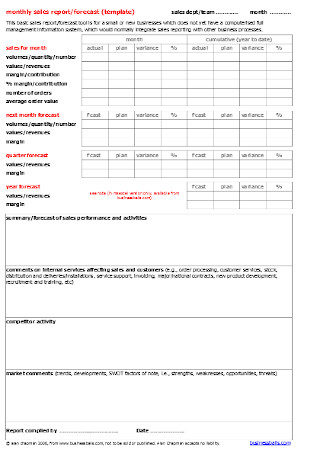
Monthly Sales Plan Report
download now
FREE Sales Report s to Download
49+ Sample Sales Report Templates
What Is a Sales Report?
How to Write an Effective Sales Report
What Is a Sales Report?
A sales report records the trends and activities that occur in a company’s sales volume within a specific time frame or over time. A standard sales report is likely to incorporate data on the sales volume observed for every item or group of items offered, the number of new or current accounts that were contacted and when, as well as the costs incurred for any promotional or selling efforts that were made. Sales reporting is a vital part of a company’s overall existence because of how it solidifies the foundation of a successful sales operation. The data in the report can even help sales managers determine the best course of action to optimize market opportunities and resolve problems in the sales process.
Do I Really Need It?
Never underestimate the importance of a sales report.
According to the State of Sales in 2016, a whopping 70% of sales teams use social media to produce leads while prospecting. Networks like LinkedIn, Facebook, and Twitter have helped sales representatives build stronger relationships with customers in an attempt to boost revenue. But in order to construct a good online strategy for your business, you need to have the right data to rely on to make appropriate decisions — this is where a sales report comes in.
Part of being an effective sales manager is your ability to keep track of the sales process along with the existing deals in the sales funnel. Knowing the number of sales you make is not enough to measure your company’s growth, as finding out what drives those sales figures can be equally important for continuous development. Once you have identified and understood the factors that affect your data and results, you’ll know exactly where to focus your efforts on to keep your business flourishing.
Sales reporting may benefit other sectors of the organization as well. In the past years, companies have discovered that linking sales and marketing together can lead to higher revenue. There has always been a connection between the two teams that managers failed to acknowledge in the past. Hence, the data reflected in the sales report can be crucial to the marketing department to generate leads that the sales team can convert. Considering the proximity within which they work, it’s important for both departments to work hand in hand to ensure sales process efficiency. This allows managers to identify the channels that provide the highest leads, the right audience to target, and the products or services that sell best.
How to Write an Effective Sales Report
Ever been stuck in a meeting where the sales manager presents an overly complex report? If you have, you probably know how frustrating it can be to know the stats but not what it indicates. The information conveyed in a sales report will fuel a lot of major decisions that can impact how a company operates. Deciding whether to discontinue a product, offer higher incentives for your sales force, and hire more sales representatives Job Description for your team greatly depend on the findings of your report.
Thus, having a clear, concise sales report is essential to illustrate and monitor sales figures. It is crucial to create a sales report that showcases key information that business executives will need to drive the company away from potholes and toward a path of growth and success. To write a good sales report, there are a few points that must be taken into consideration.
Step 1: Always Think of Your Audience
As you begin drafting your sales report, consider your audience. What do they need? What should be the main takeaway of your report? Having this perspective will guide you in making a sales report that is not only informative but relevant as well.
Let’s look into the different circumstances you might find yourself in. Your company’s chief financial officer and vice president of marketing both come to you to ask for an updated sales report. These are leaders that come from separate sectors of the organization, which means they’ll likely benefit from different types of sales data. Your VP of marketing might want to know which marketing campaigns have the highest conversion rates and returns. Your CFO, on the other hand, will be more interested in the sales numbers and expenses produced by the company in the past month or so.
Simply put, it’s important to create a sales report that reflects the exact needs of your target audience. Tailoring your reports to fit the needs of a reader may sound challenging, but it’s bound to generate the best results for your company as a whole.
Step 2: Pick the Right Information to Share
Now that you have identified the primary audience of your report, it’s time to determine what data will paint a clearer picture of how your team is performing. It’s great that you have a ton of information that you want to discuss, but is it necessary for your management or sales team to know about? There is an endless list of things you can report on for the benefit of anyone reading, but it all boils down to what matters for your business to prosper in a competitive market.
Take the time to ponder on questions that people, particularly those from the upper management, might have. It could cover anything from your sales goals, monthly revenue, and sales forecasts to your market opportunities, business challenges, and sales strategies. Even if you are presenting to a single department that may only be interested in a narrow view of your sales performance, providing a wider look into what’s happening is often more useful than giving something that might not say much about the bigger picture.
Step 3: Determine the Period
Are you going to write a report that covers all your sales numbers from when you first started? You might want to think twice about creating something that hefty. It’s best to focus on specific lengths of time to limit your scope and perform accurate comparisons between periods. It can be an hourly report, a daily report, a weekly report, a monthly report, a quarterly report, or a year-end review. This usually depends on the size and nature of your company, as certain report types may not be as valuable to some businesses as they are to others.
If you need to document your sales data regularly, such as on a daily or weekly basis, it’s a good idea to use a sales report template to save on time and effort. This will also keep your records organized and consistent for when you need to compile these reports by the end of the fiscal year. That way, you can track information and monitor sales trends more accurately over time.
Step 4: Make Use of Visuals
It’s not unusual for a sales manager to sit on a growing mountain of information. But communicating this knowledge to your audience can be quite difficult, as you wouldn’t want to overwhelm readers with a chunk of texts, stats, and figures. Keep in mind that your method of conveying data is just as important as the data itself. The whole purpose of a report is to summarize information in a way that is easy to understand, interpret, and digest.
Numbers are a huge part of any sales report. But the last thing you would want to do is to have people guessing what these numbers actually mean. To help elaborate your point a lot clearer, you might want to make use of graphs, charts, or other visuals. It isn’t about making your report look pretty for readers to be enticed, but it’s about engaging your audience with information that is easy to comprehend. This will also make it easier for sales managers to present key findings during meetings with the rest of the team.
Step 5: Provide the Full Context
Although visuals help summarize information for readers to grasp, it’s still important to add context into what you are trying to convey. Data can be deceiving at times, especially when manipulated or misinterpreted by others. Company executives aren’t as knowledgeable about your sales operations plans as you are. So to make things easier for the management team, consider adding case studies to highlight performances and everything that is happening on the ground.
Sales reporting helps you make data-driven decisions as your business moves forward by offering a clear view of where you currently stand at every step of the sales process. By analyzing the trends that were concluded in the report, you can determine the best actions to take for your company’s continuous growth and success.
